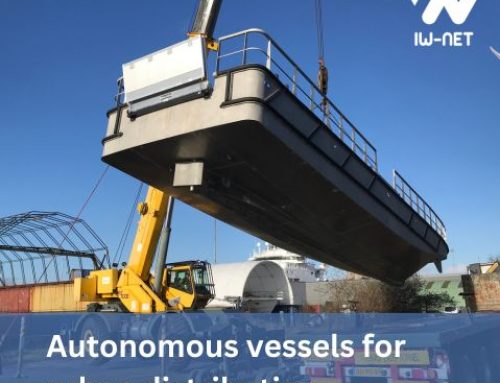The Danube represents one of the rivers with the highest transport volume of about 60 million tons in 2019. Different elements of the infrastructure, such as 18 locks and 75 ports, ensure that the waterway consistently has a high quality for inland waterway transport (IWT).
The Danube is the world’s most international river with 10 riparian countries and has a total length of 2,850 km. This makes it the second longest river in Europe! 2,415 km of the Danube can be used for IWT. UNECE waterway classification for the Danube ranges from Va to VII indicating which vessel type can be used at the Danube sections. (…) Apart from the waterway classification, different infrastructure, like locks, bridges and ports affect the navigability of the Danube. (…)
A wide variety of different types of self-propelled vessels, push boats and non-motorized barges are operating in the Danube basin. More than 400 dry cargo self-propelled vessels with a total transport capacity of around 400,000 tons are in operation on the Danube (2017 data). Most vessels are medium size with a transport capacity of about 1,000 to 1,500 tons per vessel.
Read HERE a full article about Danube importance and infrastructure on our Observatory platform of the IW-Net project.
This article is a result of the IW-Net Danube Living Lab.
Laura Hörandner, Tim Schreiner / FHOÖ




